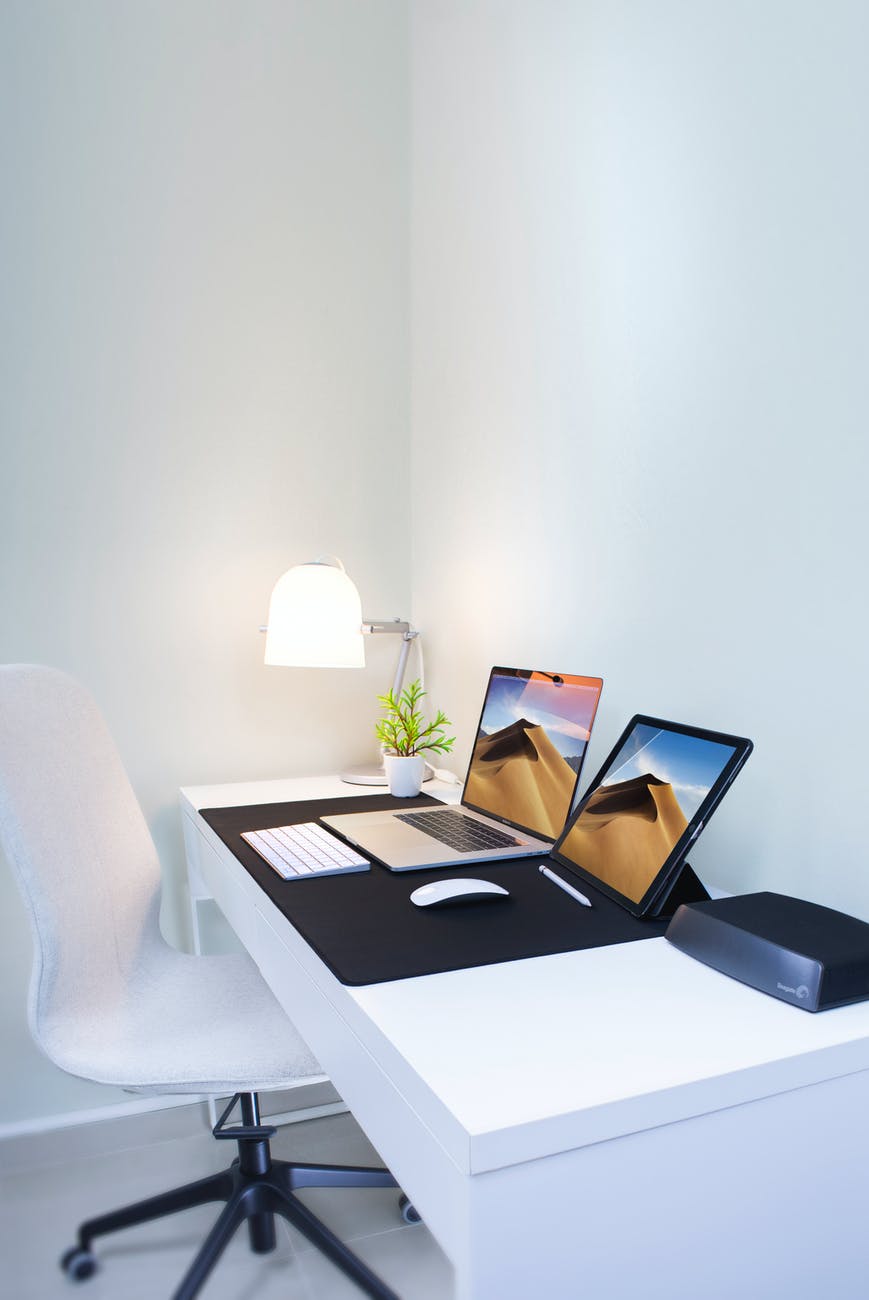Light – The Key to Effective Work and Learning
Light – The Key to Effective Work and Learning
It is research-proven fact that environmental conditions can positively or negatively affect our health, productivity, and well-being. Light is one of the important environmental factors that highly affect our concentration and mood. Both natural and artificial light affects our life. Natural light has several benefits but at this time, many people are restricted indoors and forced by situations to spend their daytime in schools and offices. So, parents and managers need to know the importance of light for optimized performance both at work and in schools.
Lighting for effective work
The lighting quality at the workplace is important as it can significantly affect the productivity of employees. Proper lighting can help workers to generate more products with minimum mistakes which can result in 10 to 50 percent enhanced productivity. Adequate lighting conditions can reduce errors and mistakes by 30 to 60 percent and also lessen headaches, and eye strains, as well as neck that may come with eye strain. Good lighting helps employees to better focus on their tasks and enhance productivity.
Adequate lighting conditions in the workplace promote:
-
Lower risk of accidents at work and reduced health issues
-
Improved and effective work performance
-
Better focus and work accuracy
-
Enhanced accuracy, better visibility, and improved work speed that increases production
It is easy to improve the lighting conditions at the workplace without adding to your electricity bills or increasing light fixtures. You can improve the lighting by utilising more natural light, by making changes in the workstation layout or source of light, and by using reflected light effectively.

Proper lighting and effective work
Whether the light source in the office is artificial, natural, blue, yellow, dim, or bright, the kind of light that workers are exposed to not only affects their mood, physical health, and circadian rhythms but also affects creativity, productivity, and work efficiency.
Having proper lighting enables people to be more productive and creative. You will be at your best if you are energized, alert, and well-rested, and adequate lighting conditions can put you in that state.
However, too dim light can make you feel tired and drowsy and strain your eyes while lighting that is too bright can be damaging to your eyes, disrupt your sleep, and give rise to migraines. If you feel your brain is struggling too hard to work, it can lead to fatigue and harm your capability to be productive and creative.
Lighting for effective learning
Lighting is an important element when it comes to the brain’s ability to concentrate. Research indicates that learners in well-lit conditions got high grades compared to ones in classrooms with dim light.
It is speculated that poor lighting decreases the brain's effectiveness to gather information. Lighting similar to natural light is effective to improve behaviour, reduce stress and anxiety, as well as improve health. Classrooms, where natural light was used, enable students to perform about 25 percent higher than their peers.
An effective lighting scheme in the classroom incorporates available natural light along with artificial light where required. Using natural sunlight can offer physiological and physical benefits to teachers, students, and administrators. Lighting is proved to be advantageous for concentration, overall health, and even test scores for people. In an effective classroom design, lighting is an essential factor to consider.
Lighting Factors
A stable lighting system incorporates various factors such as illuminance, colour, flicker, glare, and uniformity, to offer ideal learning environments.
Illuminance means average lighting conditions in any area. When illuminance is less, it means slow reading, poor posture, reduced focus, and weak vision. Increased changes in illuminance can also cause issues and lead to lower visual performance, hyperactivity, and discomfort. A uniform level needs to be maintained to avoid increased distraction and contrast.
Glare happens when a bright object or image that is not intended by a person to see is perceived directly. Even though a person will try to compensate, by turning the head or squinting, glare still interrupts visual tasks and lead to eyestrain, headaches, reduced focus, and productivity.
Flicker is generated by some light sources and leads to irritation and discomfort in the eyes. In some serious cases, flicker can result in visual disturbances.
Colour of lighting plays a significant role in the work and learning environment. Better colour rendering ability is vital for effective work and learning, enabling people to make precise colour judgments.

How to improve lighting for effective work and learning?
Natural sunlight can enhance performance, and focus, and improve overall well-being. All of these things are essential for learning. Increased concentration is crucial both at the workplace and classroom for effective work and learning.
Proper lighting means employees and students don’t have to strain their eyes and the whole work is done to concentrate on work. Scientifically speaking, a well-lit environment means more cognitive space is available for evaluating, processing, and retaining information.
It is intrinsic to humans to feel more awake and alert in natural light but it is not always possible to incorporate natural light into already built structures. But we can use artificial light sources to enhance productivity at work and in institutes.
One way to improve lighting at the workplace and school is to use LED lighting. Utilizing LED lighting can enhance the work efficiency of employees and the learning ability of students as well as enhance productivity.
LED light installation at the workplace has proven to be helpful in employee productivity according to employers in the UK, so LED lights can have similar effects in schools to boost effective learning.
The circadian rhythm of students can also be improved by using LED lighting as they are created similarly to natural light. It will help decrease the level of fatigue and exhaustion throughout the day and enable students to stay alert and active for longer.
Using LED lights also prevents the risk of diverting factors related to bad lighting like poor illumination, colour imbalance, flicker, and glare. LED light sources don’t buzz or flicker and remain bright for longer.




